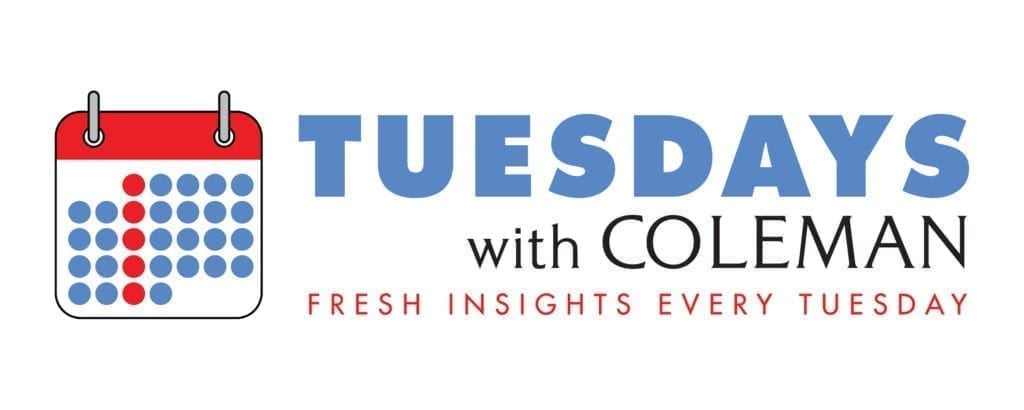
Last week, Harley-Davidson announced it would start shifting production of some of its motorcycles overseas. The company cited new tariffs from the European Union as its rationale. A prepared statement reads, “Harley-Davidson maintains a strong commitment to U.S.-based manufacturing which is valued by riders globally. Increasing international production to alleviate the EU tariff burden is not the company’s preference, but represents the only sustainable option to make its motorcycles accessible to customers in the EU and maintain a viable business in Europe. Europe is a critical market for Harley-Davidson.”
Unfortunately for Harley-Davidson, tariffs are just another bump in the road for a company that needs to focus, like all brands do, on what’s most important – its base position.
What is Harley-Davidson’s base position? What’s the core foundation of its business?
Just taking a shot here, but how about something like: “American-made, big, loud motorcycles”?
So, announcing you’re moving production – even some production – out of the United States is a major brand violation.
But it wasn’t the first violation.
A few months back, Harley-Davidson announced it would debut its first electric motorcycle in 2019.
Is that a brand violation? Take a look at some of the comments at the bottom of the article that appeared in The Verge announcing the news:
That would be like Apple saying you should buy their newest iPhone because you can install Android on it. Might work for some other motorcycle brands. This is Harley-Davidson.
We’re talking about Harley-Davidson, a company who tried to trademark the sound of their idling motorcycle engines. It’d be a hell of a 180 for them to advertise how quiet the bike is.
It’s just not really their kind of advertising, being in harmony with nature, listening to the wind as you silently cruise across the countryside.
For consumers to love the brand, they have to clearly understand the brand.
If you want and can afford a luxury car yet want to go all-electric, chances are you’re not going to buy a Chevy Volt. Or a Nissan Leaf or even a BMW i3.
You’ll probably want to buy the one that has consumers happily plunking down $1,000 to get on a minimum 12-18 month waiting list.
And why is Tesla so hot?
Because sporty electric cars is what they do. It’s their base position.
Tesla can add different kinds of models. They have a high-end model, an SUV, and the waiting list is for the more affordable Model 3. But none of the models deviate from the base position. They are all sporty electric cars.
Will consumers go for the Tesla pickup truck supposedly coming in a few years? Tough to say, but it certainly won’t look like the pickup trucks we’ve always been used to seeing. If it stays true to the Tesla brand, it could work.
Harley-Davidson’s challenge is real. Sales of Harleys are declining. The Harley consumer is aging out, while the younger demographic wants smaller, more affordable bikes. Indian, Ducati and Triumph are experiencing growth and success. Meanwhile, the legacy Harley-Davidson brand stands for large, loud, expensive bikes.
How do you adapt the brand to appeal to a younger market without compromising the base position?
One step would be to launch the electric motorcycle under another brand name.
Harley-Davidson is trying something worth noting – the Jumpstart Motorcycle Experience. This simulator, which utilizes an actual Harley, is taken by many HD dealers to shows, festivals and expos with the goal of bringing new riders into the fold. Their goal is two million riders in the next 10 years.
You can see how this issue can translate to other brands and businesses, and it certainly applies to media.
Radio stations, morning shows, podcasts and television shows for example, all have to evolve to stay relevant.
Research can play an important role in helping to keep track of its audience’s tastes and how they evolve. Focus groups is a great way to help brands learn how their audiences perceive them and how their tastes correlate to the brand in their own words.
One thing is certain. While evolution is inevitable, the evolution must stay true to the brand’s base position. Changing brand images takes an incredible amount of time, especially for one so strongly cemented.
Harley-Davidson is the American-made, big, loud motorcycle brand.
Last I checked, people still like big, loud American things.
